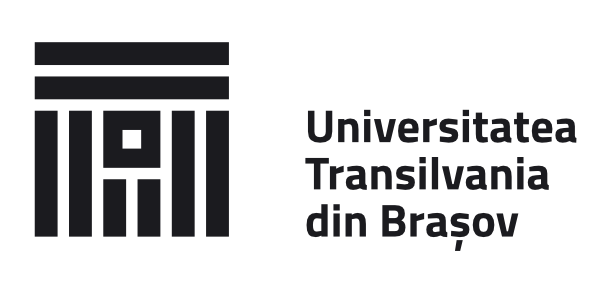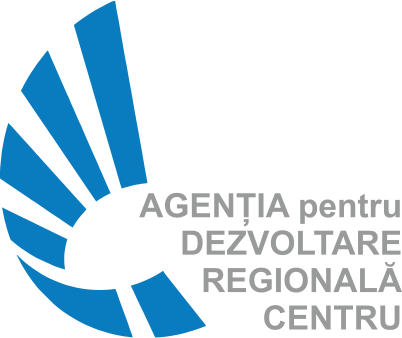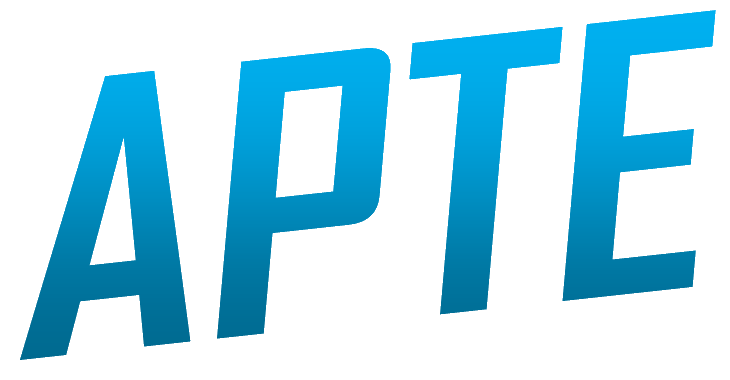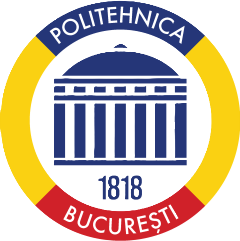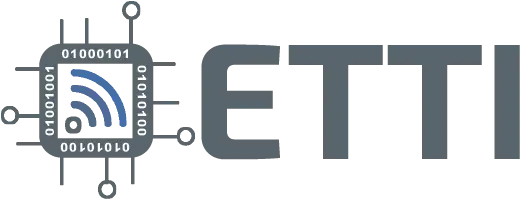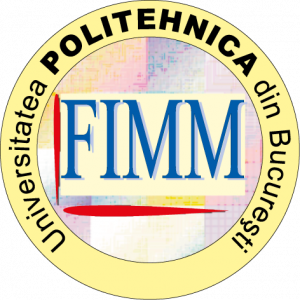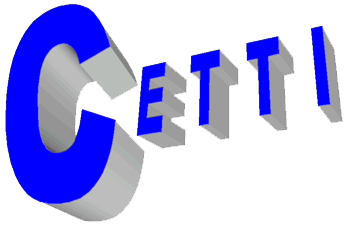TIE-E Plus – Propagating excellence since 2015
Launched in 2015, TIE-E Plus represents an evolutionary extension of the TIE brand, focusing on virtual prototyping disciplines essential for managing the complexities of high-end PCB designs. This initiative is a strategic progression aimed at fostering PCB design expertise within the Romanian electronics community. Building on the foundational knowledge acquired in the TIE-E contest, which covers the intricacies of PCB layout interconnect design, TIE-E Plus shifts the spotlight to the critical analysis of signal and power integrity across these interconnects. Contestants are tasked with generating both pre-layout recommendations and post-layout evaluations of a given electronic module, thus demonstrating a deeper engagement with the engineering design process.
More than a competition, TIE-E Plus is a comprehensive educational platform that encourages students to not only assimilate new knowledge but polish highly sought-after skills. Defending their design solutions before the TIE-E Plus committee offers a unique opportunity for participants to enhance their analytical abilities and refine their presentation and discussion skills. This interaction underlines the multifaceted nature of PCB design, requiring a balance between performance, design constraints, and cost considerations – factoring in the technology employed in PCB fabrication and the design resources at hand.
The TIE-E Plus competition unfolds through a structured sequence of steps, designed to facilitate an engaging and educative experience for the students, while trying to emulate the typical engineering design process prevalent in the electronics industry:
– Subject Announcement – An overview of the TIE-E Plus theme and main topics of the subject are made available online. This gives students ample opportunity to deepen their understanding of the specific protocols or technologies.
– Student Enrollment – The committee conducts a thorough review of all registration submissions to ensure a level playing field. Candidates with extensive experience in SI/PI are carefully screened to maintain the competition’s focus on developing talent.
– Challenge Resolution – Participants are granted a two-week period to solve the given challenge and craft their technical solutions, submitted in the form of an R&D report.
– Solution Evaluation – Following submission, contestants are expected to prepare and deliver a concise presentation (lasting 15-20 minutes) to the technical committee.
This approach not only prepares participants for the rigorous demands of the electronics design industry but also ensures that each phase of the competition is an opportunity for learning, skill enhancement, and meaningful feedback, underscoring the competition’s role as a bridge between academic learning and professional application.
The core challenge lies in effectively integrating signal integrity (SI) analysis with power distribution network (PDN) considerations. This involves ensuring that signals are transmitted with minimal distortion and interference, while also managing the power delivery to all the components in the system, to guarantee stable and reliable operation.
In the evaluation phase of the contest, a panel comprised of experts from both the industrial sector and academic institutions comes together to meticulously review the R&D reports submitted by contestants. Prior to the oral presentations, each evaluator dedicates time to thoroughly examine the reports, formulating precise inquiries focused on the methodology and clarity of the results derived from the simulation processes.
The evaluation is structured around three core competencies:
– Software Proficiency – Examining the participant’s ability to effectively employ the available simulation tools and configure the appropriate settings for accurate results.
– Theoretical Insight – Assessing the contestant’s understanding of the physical principles and phenomena that are fundamental to the topics being investigated.
– Solution Excellence – Evaluating the originality, practicality, and technical soundness of the proposed solution, including how well it addresses the challenge presented.
To be recognized by the TIE-E Plus committee as proficient in the SI/PI domain and to be awarded a diploma, participants must demonstrate broad understanding across a wide array of topics and successfully address more than half of the subject requirements.
This process ensures a rigorous standard of competence and also mirrors the professional evaluation methodologies used in industry and academia, fostering a realistic and constructive environment for learning and recognition.
| Marcel Manofu, Continental Automotive Romania, Timișoara | Mihai Dărăban, Technical University of Cluj-Napoca |

